A hulking mass loomed in the deep blue water, far away but not enough to escape the limited visibility. I only noticed it because the instructor, Jason, had motioned excitedly to our group, pointing off in the distance a couple moments before. It generally takes a lot for the instructors at Key Dives to get that excited underwater, so I figured it had to be something great. Sure enough, I soon realized that I was looking at none other than a pair of Goliath Groupers. One would be forgiven for mistaking these colossal fish for submarines cruising through the deep tropical waters. Words cannot describe how small I felt for a moment, witnessing these groupers go about their day around me, inching closer as we hovered transfixed. I had long known about this species but never really understood how awesome it would be to see them in person. While they are not the longest fish I have seen, their sheer weight and size is what makes them mind-boggling. I did not snap any photos because I was taking on a supervisory role that dive (to say nothing of how I forgot my GoPro on the boat), but I will savor the memory forever. All the more exciting was that this sighting occurred while diving the wreck of the Eagle. A Dutch ship built in 1962 that went on to change hands between owners in Israel and the Cayman Islands, it was struck by an electrical fire in 1985 and purchased by Monroe County in the Keys (read more here). Like several wrecks in the Keys, the Eagle was intentionally sunk to transform it into an artificial reef. These reef-wrecks are a huge draw for tourism, and part of the reason I am able to find such fantastic diving in the Florida Keys. We saw these particular goliath groupers after falling, scuba-style, through a huge hole in the side of the Eagle. Since the Eagle rests on its side, this meant positioning carefully over the hole, exhaling, and letting gravity do the work as we descended straight through the wreck, bottoming out near 100 feet deep over the sand.
I found myself on that unbelievable dive of the Eagle while completing my deep dive scenario for divemaster training. I have not touched all that much on the pure diving aspect of my summer so far in these blogs, and here I wanted to highlight that. For the record, I do not have any photos from my divemaster training since often I am supervising other divers and need to keep my focus on them. For that reason, I have peppered photos from various other dives this past month throughout the post to give an idea of what I have seen in the water! Anyway, for the first several weeks at REEF, all of my diving consisted of fish surveys, from boats run by several different dive shops throughout Key Largo. I wanted to start off slow, because prior to arrival, my only dives since Bonaire (Fall 2017) had been a couple quarry dives in Kentucky last year. While I arrived as a certified Rescue diver and was a very confident diver leaving Bonaire, it had been a long time and I knew I was taking on a big commitment by aiming to complete my divemaster as a REEF intern. I wanted to respect my upcoming training as the considerable challenge I knew it would be, and so I first spent some time in the water getting my “sea legs” back. Being able to brush up on my tropical fish identification while doing so was all the better. By the time I finally arrived at Key Dives (a dive shop in Islamorada, south of Key Largo) in late June to start my training, I felt ready. I knew that this summer I would need to become a much improved diver and educator within a very short amount of time, and I wanted to hit the ground running.
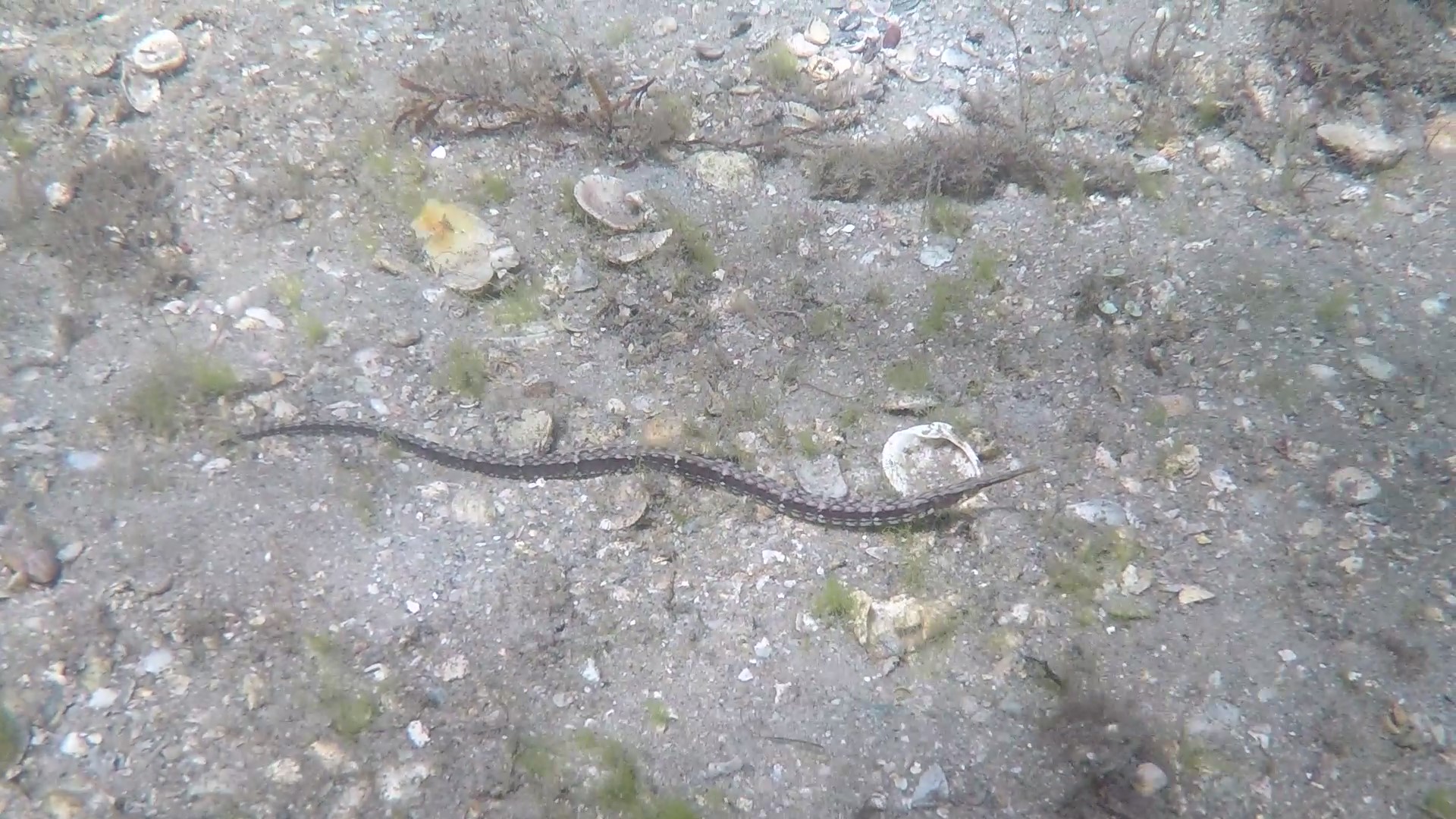
Shortfin pipefish (Cosmocampus elucens), shot while doing a REEF fish survey on Blue Heron Bridge (BHB), West Palm Beach
The four weeks since starting that adventure have made this the summer of a lifetime. My training started out simple with a lot of pool work, mostly knocking out water skills as well as my scuba skills circuit. I have been doing my training alongside another man named Kent, who has been nothing but helpful and supportive as we progressed along. My first experience with the skill circuit was in a nice heated pool at Mike’s house, the owner of Key Dives. I realized then how tightknit the staff at the shop was, both by how willing Mike was to open up his house for me and Kent, but also the fact that Cortney, one of the instructors, offered to come over after hours to help us. I won’t lie: I totally failed that first circuit, but I came out of the pool happy as could be. I knew before even starting that I was not going to have all of my skills down because it had been a while since doing some of them, and to pass the circuit you have to successfully demonstrate all 24 skills relevant to teaching new divers. That said, I only failed a handful of skills, so I knew exactly what to work on going forward. Within a week or so, I had finished the circuit to demonstration quality!
With the circuit complete, I was now entrusted to demonstrate skills to divers training to get their Open Water certification. And so a few weekends ago, I worked with a father and his young son to get the son certified, and I was able to see him nearly all the way through his open water course, from pool work to checkout dives in a local marina. It was incredibly fulfilling to see the light turn on for the student as he grasped the concept of letting go and breathing through a regulator, and seeing what it was like to glide underwater in the way only scuba diving allows. These checkout dives were in a pretty unique spot too – since seas were rough that day, we dove in Jules’ Undersea Lodge. Jules’ is a local attraction nestled in a marina far from any wave action, and is in fact the only underwater hotel in the United States. Tenants stay the night by diving down about 25 feet and are greeted by a transfixing display of schooling fish attracted by the shelter of the mangroves. At the bottom is a fully furnished hotel room, complete with food and drink brought down to you. While we didn’t get to stay the night ourselves, being able to take our time and see the benthic community was a great time, for both the student and myself.
The visibility at Jules’ was less than stellar however, which reminded of my own open water checkout dives done in the summer of 2017 in Falling Rock Park, a quarry in Kentucky. There is something special about learning to dive in such an environment because any stray movements can kick up silt that obscures visibility, from hours to entire days. Being forced to treat the benthic environment with care is a huge benefit for those so new to diving, something that, for me at least, carried over into my dives I would end up doing in warmer waters. Diving here in the tropics is generally very easy – the water is clear and warm, and visibility only gets low when there is a rare strong current, or if you are diving deep areas like wrecks. But carrying over that level of care for the substrate below is just as important here – you never know if your next fin kick could stunt years of growth on a head of coral!

Bridge foundation at BHB. The benthic communities found here are similar to the communities found in the Jules’ Undersea Lodge marina (sponges, hydroids, cnidaria, bivalves)
Back to divemaster, though: after successfully assisting with the training of the open water student, it was time to lead a few dives myself. I previously co-led scientific research dives in Bonaire, but that was on a dive site I knew by heart, and with an experienced buddy that I was very familiar with. Last Friday on the boat with Key Dives, I was tasked with leading a group of three that I had never met and had varying levels of dive experience, out on a site that I had never dived before. The dive briefing itself went very well, however I knew the biggest challenge would simply be navigating an unfamiliar site. After getting dropped at a site with a ripping current and no reef in sight, captain Kenny re-positioned the boat nearby. This time went as smoothly as I could have hoped – I looped in and out of a beautiful patch of spur and groove reef, always aware of where the boat was above me. It was a liberating feeling, knowing that I could do this, and it was gratifying to see the group I was leading having a blast and filming video of sharks and turtles around us.
With a large chunk of my divemaster training behind me now, I have been able to take a breather for a bit and hop in the water for some fun dives. I was very happy to carve out time to dive with Michael, the current OWUSS NPS intern, on Blue Heron Bridge (BHB) in West Palm Beach. Thus, we have continued the time-honored tradition of the NPS and REEF interns meeting up over the summer! Michael has been staying near Biscayne National Park for the better part of July, and we were able to make our schedules match. Over the course of two weekends, Michael, myself, and all the other interns/lead interns at REEF dove BHB together. BHB is regarded as some of the best shore diving in the world, and I must say it was my favorite experience diving so far. I gained an intense appreciation for just how impactful macro photography can be, watching Stacey and Michael spend 30 minutes at a time photographing a pair of frogfish. While I am currently only equipped with an older GoPro, I used that time to really search for the smaller things in the substrate, and was completely blown away by the sheer diversity of life found at BHB. One moment I was watching a frogfish waddle along the sand, and another I was catching a fleeting glimpse of an uncommon blenny species as it darted into an old car rim.
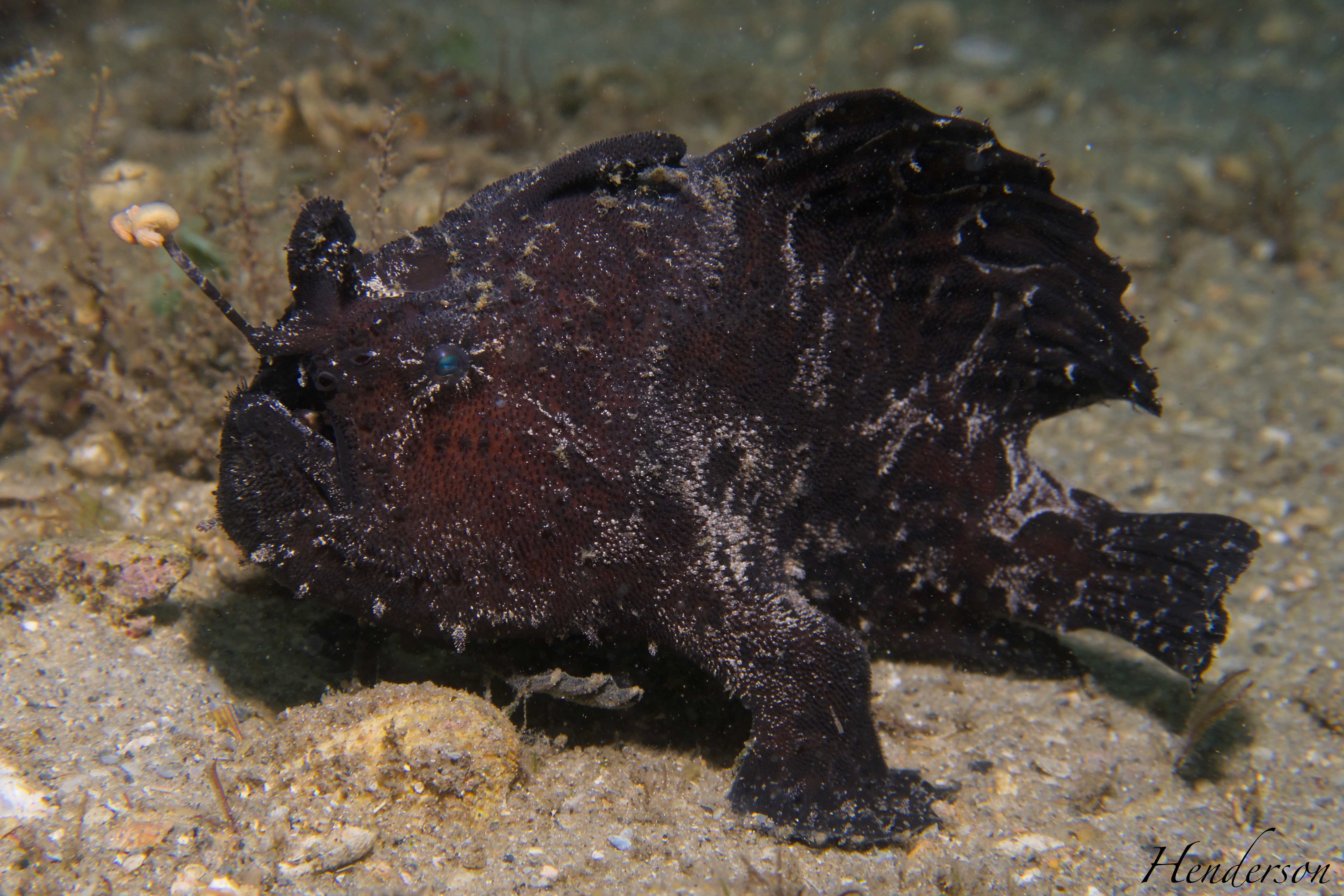
Striated frogfish (Antennarius striatus). Masters of camouflage, we happened to catch this one out in the open! Photo by Stacey Henderson

Banded jawfish, Opistognathus macrognathus. Jawfish are often very cautious of divers and will duck into their holes when threatened. Photo by Michael Langhans
Our BHB dives ended up both being almost two hours long, since the site is so shallow and air lasts for a long time at ten feet. Given the time to relax and study one spot for hours, I would say that was the most content I have ever been on a dive. When Michael and Stacey shared their photos with everyone above-water, I felt as if I had missed an entire level of detail present at the site. Crisp underwater macrophotography tells a story unlike any other: the subtle markings on certain fish become apparent, the shape of the eyes suddenly becomes entrancing, the coloration of the skin gains depth. The dedication that Michael brings to the NPS internship through his photography is hard to miss, and it was in fact part of what inspired me to recently purchase an underwater camera myself! I have featured photos by him and Stacey from Blue Heron Bridge throughout this post, to provide an idea of what I have been seeing the past few weeks.
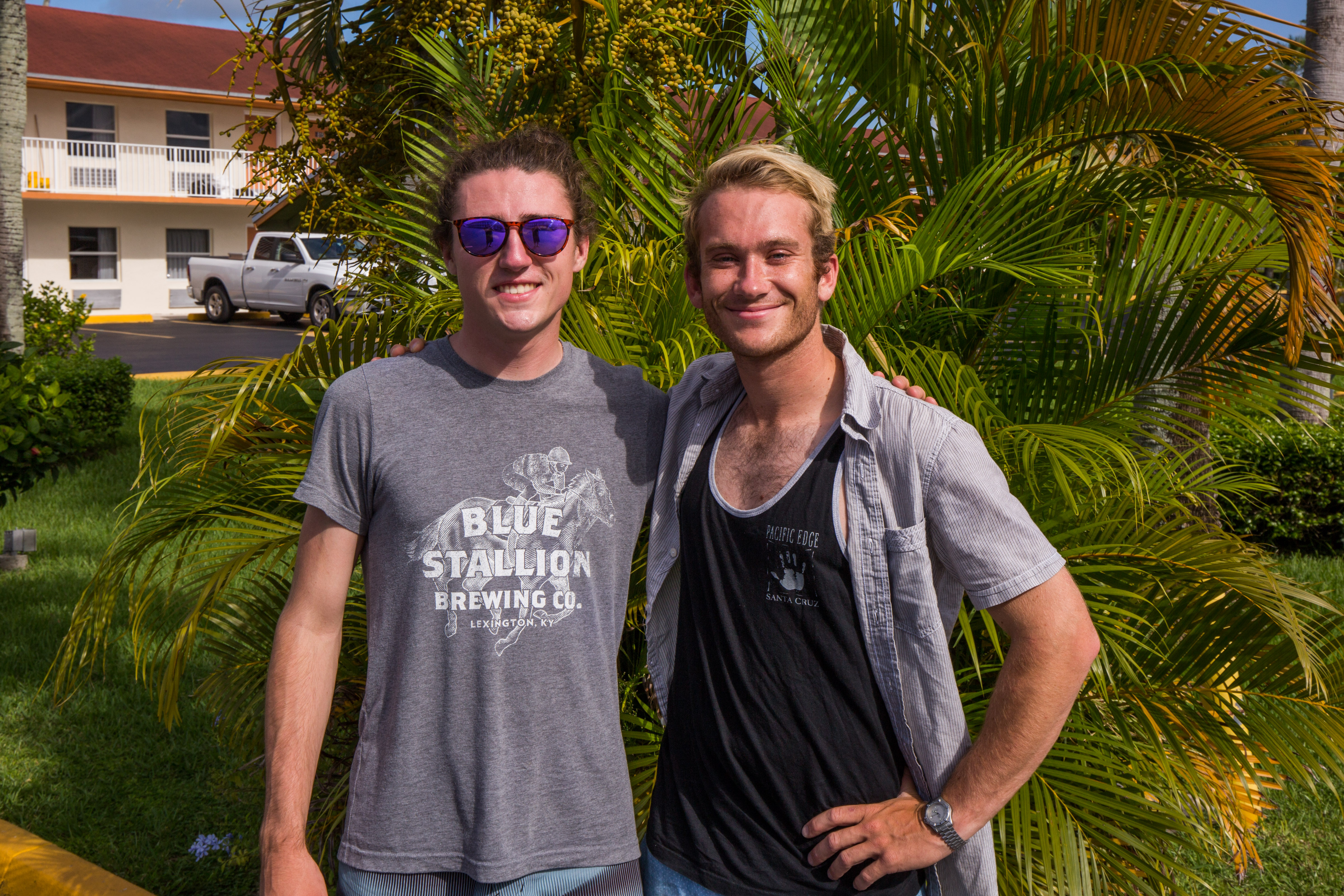
I finally got the chance to dive with Michael, the OWUSS NPS intern! Keeping the tradition alive. Photo by Stacey Henderson
With some fun dives out of the way, I will be finishing up my divemaster here over the next few weeks, but not before a second round of Ocean Explorer’s summer camp! I am very excited to oversee another group of campers as they learn about the underwater world of the Florida Keys. Since my time at REEF is coming to a close soon, I am also finishing up a few long-term projects related to REEF’s Volunteer Fish Survey Project. Stay tuned to hear more on that front!

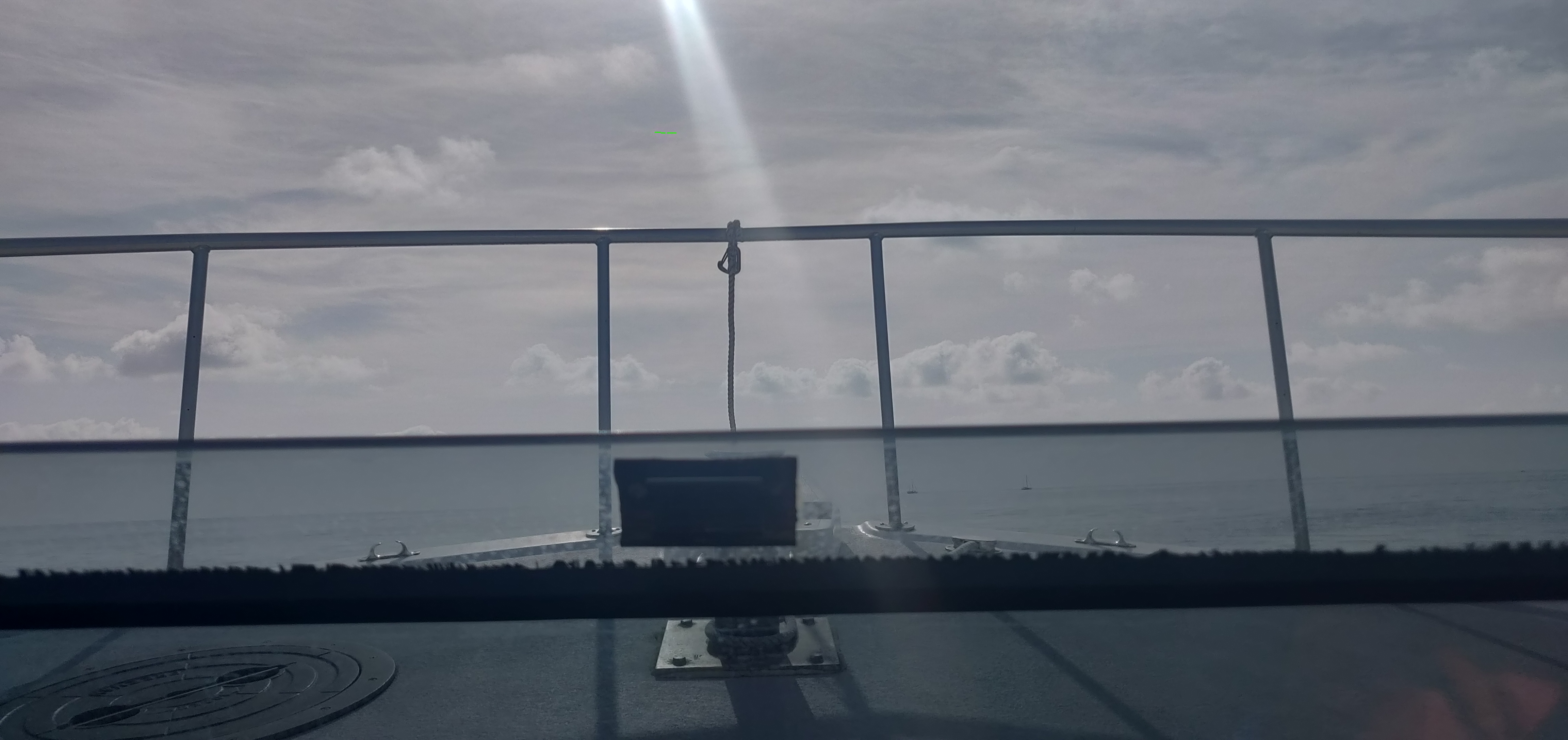

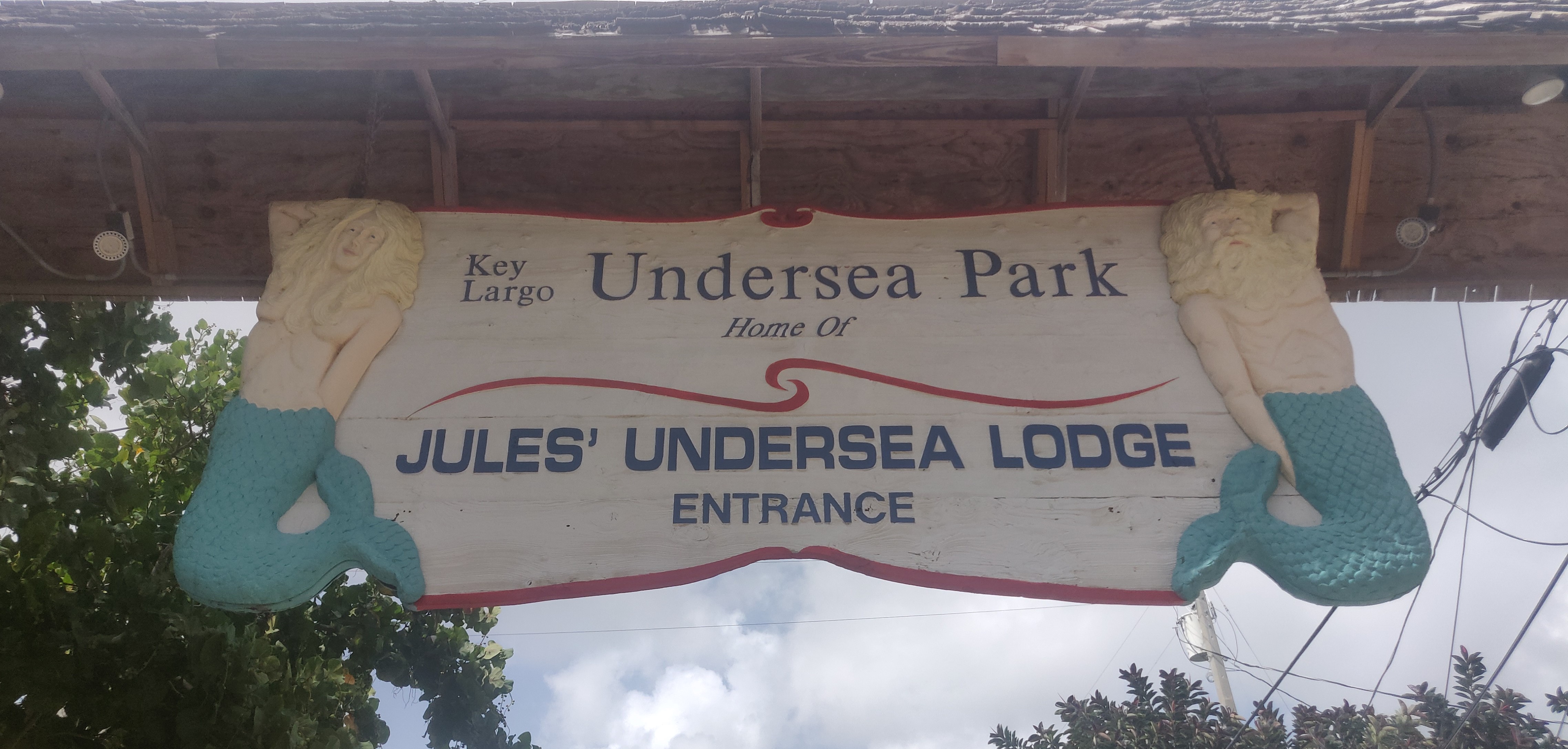
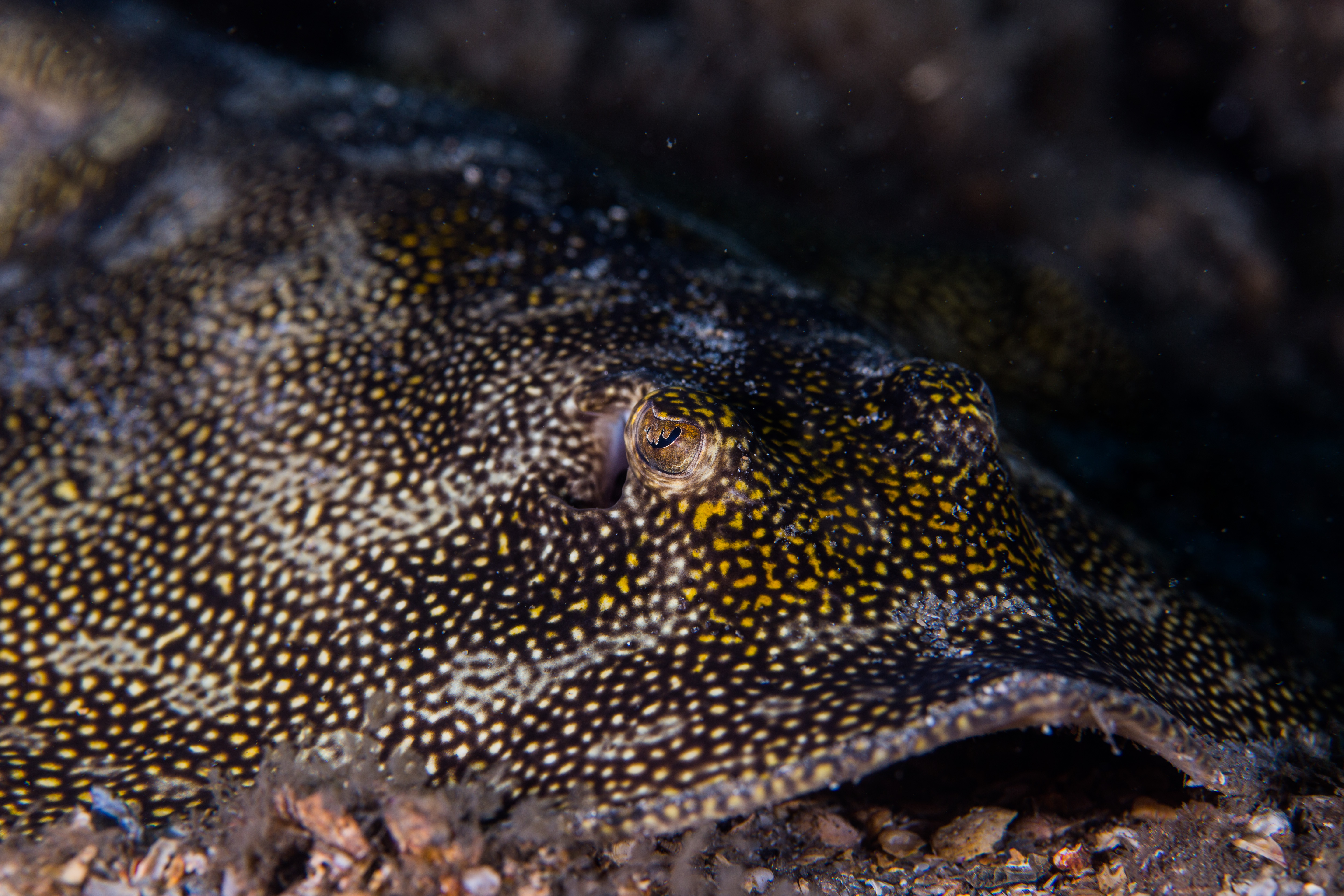
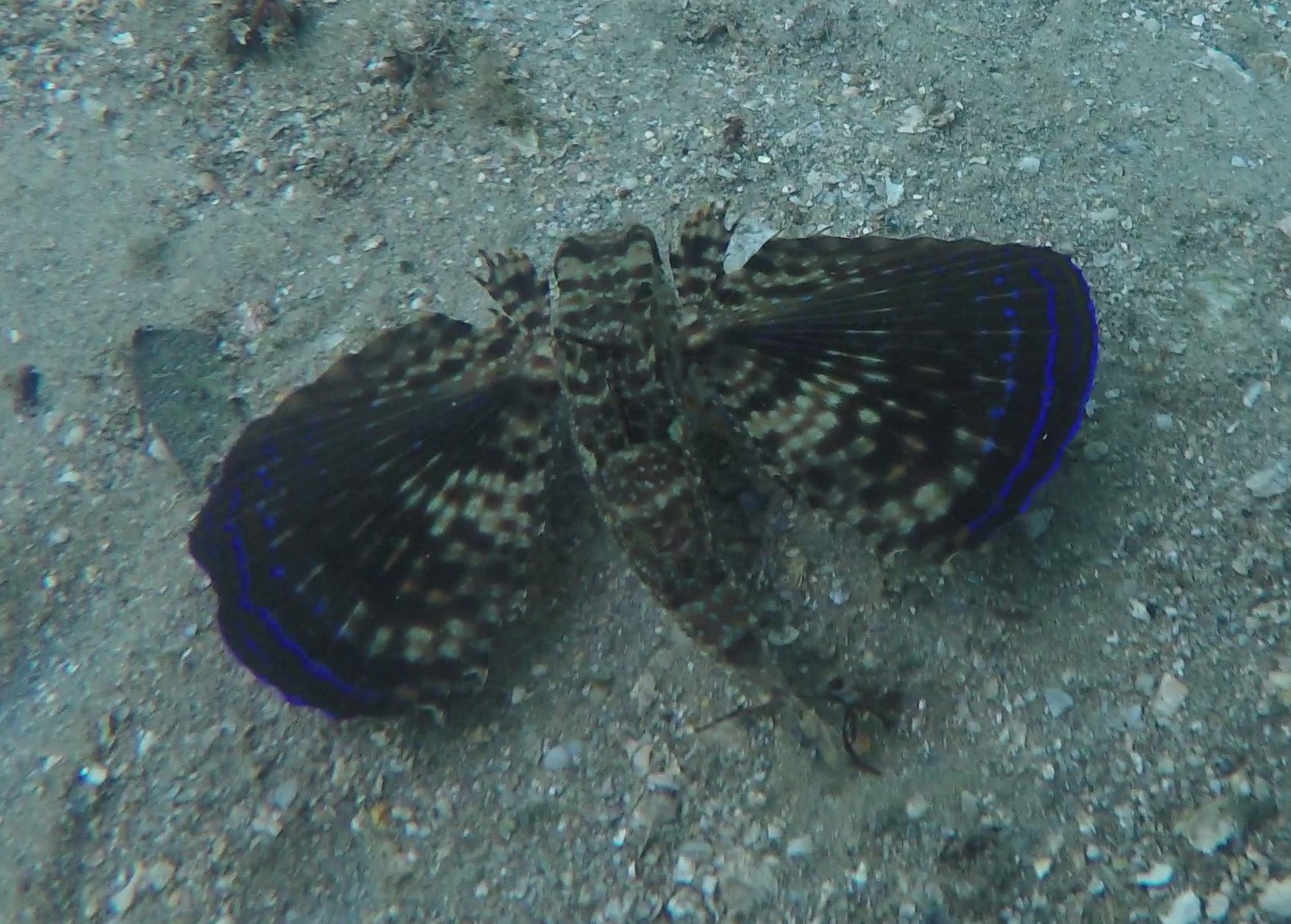

Amazing learning experience and fascinating descriptions of so much I will never see!
In college I tried scuba diving in an inside pool, while in the middle of an ear infection. Ouch! Not my best experience! Missed so many possible sights below the surface
Thanks for sharing!
Ear problems are no fun, I’ve had my fair share. Thanks again for the kind words Candy! 🙂